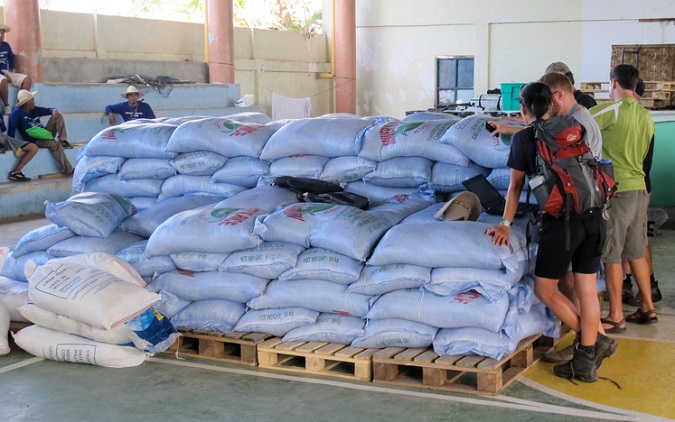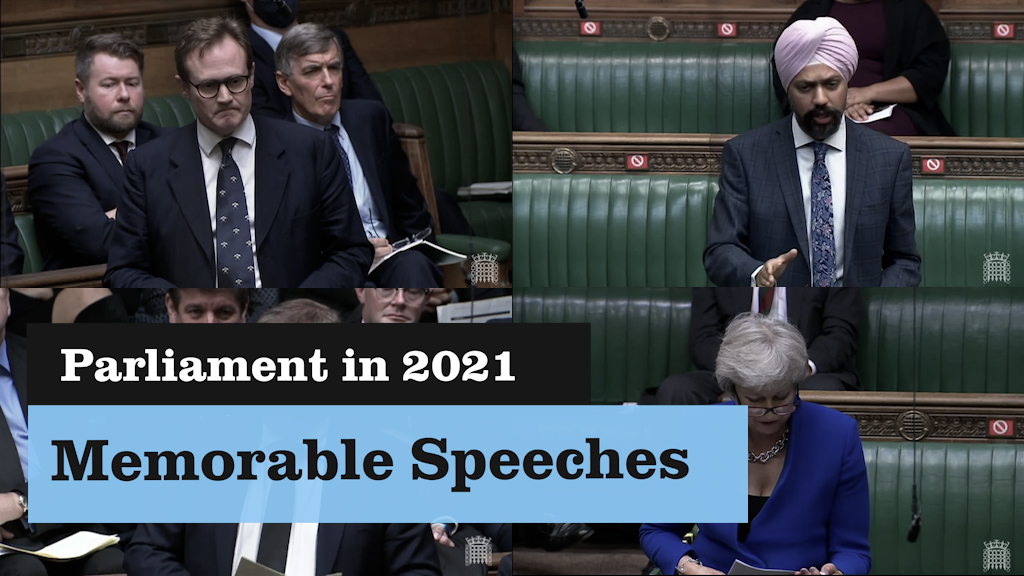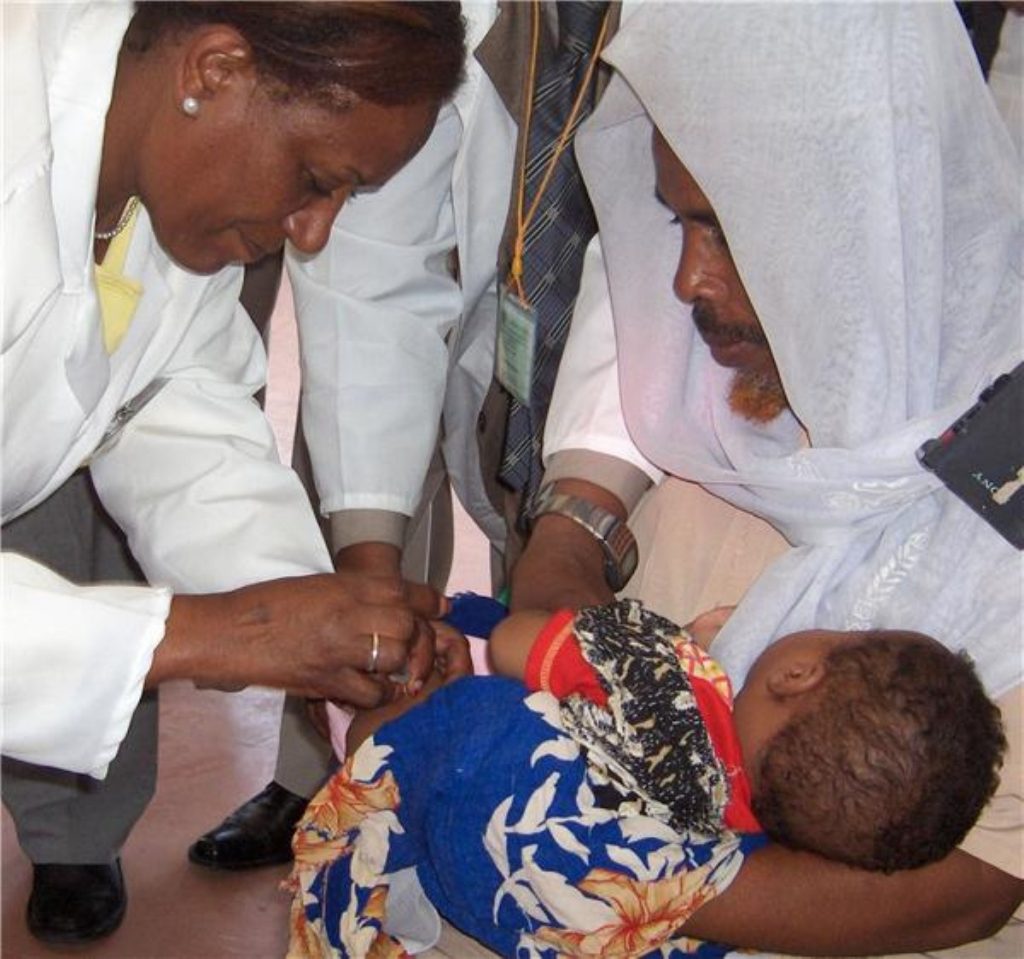What is foreign aid?
Foreign aid is the voluntary transfer of capital, goods or services to a country for the benefit of its population.
The aid generally stems from a donor country, although is sometimes offered by international organisations or non-governmental organisations such as the International Monetary Fund (IMF), the World Bank and the United Nations Children’s Fund (UNICEF).
Foreign aid can take the form of money, resources or military personnel, and is generally offered to promote international development and economic growth. Aid is also offered to provide short-term relief, following natural or man-induced disasters such as earthquakes, droughts, famines, and conflict.
Consisting of thirty major donors, The Development Assistance Committee was established to monitor and discuss all issues relating to overseas aid. The Committee’s primary objective for the period 2018-2022 is to promote the United Nations’ 2030 Agenda for Sustainable Development. This articulates a strategy for reducing poverty through sustainable economic growth and improved living standards in developing countries.



How much does the UK spend on foreign aid?
In the light of the coronavirus pandemic, the government announced plans to temporarily reduce the proportion of GDP that it spends on foreign aid from 0.7% to 0.5%. The government plans were subject to a substantial Conservative backbench revolt at Westminster which included former prime minister, Theresa May.
The cut to foreign aid spending saw spending on aid by the British government reduce from £14.5 billion in 2020 to £11.1 billion in 2021. The UK government claimed that OECD figures showed it still playing its part as the third highest contributor of overseas development aid in the world.
In October 2021, Chancellor Rishi Sunak detailed plans to reverse the foreign aid cut. Foreign aid spending is set to return to 0.7% of GDP by 2024.
The UK’s foreign aid spending is currently governed by seven priorities. These include:
- 1. Climate and biodiversity. In 2021, FCDO (Foreign, Commonwealth and Development Office) spending on climate and biodiversity portfolio accounted for £534 million.
- 2. Global health security. In 2021 the FCDO spent £1,305m on global health. This focused in particular on aiding the global response to the covid-19 pandemic.
- 3. Girls’ education – The FCDO announced plans to spend £400m on girls’ education in over 25 countries. This expenditure was designed to support the global target of getting 40 million girls into education.
- 4. Humanitarian preparedness and response. The government has detailed plans to spend £906m to maintain the UK’s role as a force for good at times of crisis, focusing our work on those countries most affected by risk of famine, including Yemen, Syria, Somalia, and South Sudan.
- 5. Science & technology. The FCDO will make £251m of R&D investments. This focuses on new innovations to tackle development challenges, including innovations in satellite imagery and AI to support humanitarian responses
- 6. Open societies and conflict resolution. The FCDO will spend £419m to harness the UK’s unique strengths in conflict management and resolution, and to project our support for democratic values and institutions, human rights, and freedom of religious belief.
- 7. Economic development and trade. The FCDO will spend £491m to support new trade relationships with developing country partners, complementing our wider multilateral and capital investments to build the trade and investment partners of the future. Ths involves using the CDC and multilateral partners to drive mutually beneficial growth with strategic partners in circumstances where private sector investment is not practicable.
In 2019, Pakistan was the top recipient of UK bilateral aid at £305 million, followed by Ethiopia (£300 million), Afghanistan (£292 million), Yemen (£260 million), Nigeria £258 million, Bangladesh (£256 million), and Syria £223 million. [Source: FCDO]
- International spending on foreign aid
Although the UK government reduced the amount spent on foreign aid from 0.7% to 0.5%, UK spending on foreign aid compared was above other leading economies:
Spending on aid as a percentage of Gross National Income (2020)
Germany – 0.73%
UK – 0.7%
France – 0.53%
Japan – 0.31%
Canada – 0.31%
Italy – 0.22%
United States – 0.17%
[Source – OECD]
- Arguments for increasing foreign aid
The arguments for increasing the foreign aid budget, or at least maintaining it at the previously agreed 0.7% level, are traditionally framed in two dimensions.
Firstly support for foreign aid is presented in terms of a moral obligation to provide relief to suffering economies and poor countries. It is claimed that the UK’s development assistance has made a significant contribution to eradicating outbreaks of smallpox in developing countries and has been instrumental in lifting the likes of Nepal and Bangladesh out of extreme poverty.
According to a 2012 Save the Children report, four million fewer children aged under five died in 2010 compared to 1990. Furthermore, 131 countries now have over 90% immunisation coverage for diphtheria, tetanus, and preventable diseases such as measles, compared to 63% in 1990. The children’s charity attributes this to substantial aid from leading economies.
Conversely it is claimed that cutting aid programmes will have a detrimental impact on the poorest and most under-developed countries in the world. In October 2020, the World Bank stated that the covid 19 pandemic could drive as many as 150 million people into extreme poverty by the end of 2021, eliminating more than three years of progress in poverty reduction.
Secondly it is stressed how the provision of foreign aid benefits the donor country. While supporting the growth of developing countries, foreign aid benefits the donor country by promoting national exports, establishing military bases abroad, and bolstering diplomatic recognition. Foreign aid is said to reduce the seeds of terrorism and international conflict, and thus improve national security. It also is said to support access to foreign markets, and thereby support economic growth.
Following Britain’s departure from the European Union in 2020, campaigners argue that foreign aid is an important component of the country retaining its reputation in terms of ‘global Britain’.
Arguments for reducing foreign aid
Significantly, in November 2020, a YouGov poll found that two-thirds of the British public were in favour of reducing foreign aid investments.
Public opinion it seems aligns with the government’s focus on the domestic recovery after the unprecedented impact of the 2020-21 coronavirus pandemic on the UK economy.
The argument is also made that the 0.7% aid target is outdated and arbitrary. It is pointed out that, given the size of the country’s economy, the UK already donates significantly more than most countries in foreign aid, and will continue to do so at the reduced rate of 0.5%.
Those arguing against large foreign aid spending, intertwine their concerns around the domestic economy, with a broader debate surrounding the efficacy and impact of development aid.
Those in favour of reducing foreign aid point to studies that suggest flaws around how, and on whom, the UK’s foreign aid is spent. The UK, for instance, continues to invest annually in India and China, whose economies are expanding at pace. There is public objection as to why the UK is providing aid to countries that possess their own Space programmes.
Although, the intricacies of international aid provision remain complicated and highly debated, one further line of criticism revolves around claims that lower-income countries can risk developing a dependency on overseas aid. One contested claim made by foreign aid sceptics, is that that the wrong type of aid provision disincentives small-scale local growth initiatives which are instrumental to sustainable development. It is also frequently suggested that when badly administered, foreign aid can end up in the hands of corrupt governments and is subsequently spent on military projects or the implementation of corrupt policies.
History of foreign aid
Modern notions of foreign aid can be traced back to the ending of the Second World War, the establishment of the Marshall Plan, and the founding of the United Nations, the International Monetary Fund and the World Bank. These organisations allocated international funds to help countries endure the aftermath of the war while monitoring their correct implementation.
In accordance with a United Nations target, the UK pledged to spend 0.7% of its gross national income on aid in 1974. Despite strong intentions, this target would not be achieved until 2013. In 2015, Prime Minister David Cameron enshrined the 0.7% target into law, making it the first G7 nation to do so.
Almost all of the UK’s annual aid budget is invested in Africa and Asia.
Following the economic damage suffered during the Coronavirus pandemic of 2020, the government announced cuts in its 2021 commitments to foreign aid. Chancellor of the Exchequer Rishi Sunak defended the 0.2% aid budget cut as means of restoring the UK’s national economy and predicted an annual saving of £4 billion.
This decision divided opinions in government and Parliament, prompting Foreign Office minister Baroness Sugg to resign in disappointment. The cut was also condemned by former Prime Ministers David Cameron and Tony Blair. The Archbishop of Canterbury branded the Government’s cut as “shameful and wrong”. Concern has also been expressed about the impact of the planned reduction on Yemen.
The announcement came months after the decision to merge the Department for International Development (DFID) with the Foreign and Commonwealth Office, into a new ‘Foreign Commonwealth and Development Office’.
Types of foreign aid
There are three primary forms of foreign aid. The most common of these is financial aid which targets economic growth or debt relief. Official Development Assistance (ODA) involves the direct transfer of funds to the recipient country’s economy. This may take the form of loans, grants, or concessional credits.
Military aid is offered to strengthen a country’s security and defence measures. This has been reported to reduce conflict between participating countries, support counterterrorism, and subsequently improve global security.
Humanitarian aid is distributed with the broader aim of improving social and living conditions in developing countries. This may involve the provision of healthcare supplies or emergency response packages following natural disasters.
When foreign assistance is given from one donor country to a recipient, it is referred to as bilateral aid.
Multi-lateral aid is when countries receive support from numerous governments or NGOs. Funds are often pooled by a single international organisation such as the World Bank.
Tied aid, is a term that relates to when a developed country provides a bilateral loan or grant to a developing country, but mandates that the money be spent on goods or services produced in the relevant country. Tied aid was made illegal in the UK under the 2002 International Development Act.
Quotes
“Ultimately however, this is not only about ‘global Britain’, it is about morality and fulfilling our promise to people who live in poverty. Too often we use the phrase “The world is watching”, but on this occasion it is true. We must rise to the occasion” – Archbishop Justin Welby and Cardinal Vincent Nichols, writing in the Evening Standard, April 2021..
“Countries will need to prepare for a different economy post-COVID, by allowing capital, labor, skills and innovation to move into new businesses and sectors,” – World Bank President David Malpass (2020)
- “The pandemic has the potential to wipe out the development gains of the past 30 years, imposing a catalogue of challenges upon the poorest and most fragile countries. These societies are facing severe damage to their economies, combined with stretched national healthcare systems, reduced access to education and challenges to food security. The effects of the pandemic will be felt for years to come.” – House of Commons International Development Committee, 2020.
- “Aid is the smart thing to do because it is in our mutual interest. Helping the developing world to meet the challenges they face means a world with fewer preventable epidemics, less conflict and less poverty. It is smart because it creates a better world for all of us and future generations. Aid can be used proactively to lessen the chances of future crises or disasters by investing in resilience measures like climate change adaptation. Climate change for example is a major threat to development, threatening to undo years of development to which UK aid has made such an important contribution. For example, typhoons and floods destroy entire communities, damage homes and property, while unpredictable seasons lead to poor or failed harvests for poor farmers, putting millions at risk of hunger.” – Bond (the UK network for organisations working in international development).
Statistics
In the build up to the government’s proposed cuts, two thirds of the British public said that reducing foreign aid investments would be the right decision. This was supported by supported by 92% of Conservative voters, and 44% of Labour voters. (Source – YouGov, 2019)
In 2019, Britain spent £15 billion, ($19 billion) on aid, an increase of £645 compared to 2018 which met the 0.7% U.N. target. (Source – OECD)
In 2019, the following countries exceeded the UN aid target of 0.7% of GDP: Denmark (0.71%), Luxembourg (1.05%), Norway (1.02%) and Sweden (0.99%). (Source – OECD)
In 2020, almost 80% Yemen’s population was reliant on aid.(Source – United Nations)
Following the effects of COVID-19, the World Bank has reported that 88 million to 115 million people will fall into extreme poverty in 2020. This could grow to 111 million to 150 million by the end of 2021.That would mean that 9.1-9.4% of the world’s population would be living under extreme poverty. (Source – the World Bank)
The top five countries receiving aid from the UK in 2017 were: Pakistan ($518m), Ethiopia ($422m), Nigeria ($422m), Syria ($410m), and Somalia ($363m). [Source – Wristband Resources]
In 2017, the UK was the third-largest donor of foreign aid worldwide. Offering a total of $18.1 billion. Ahead of the UK, the world’s top donators were the USA (at $34.73 billion) and Germany (at $25.01 billion). The highest recipients of foreign aid were India, Turkey and Afghanistan. [Source – Wristband Resources]
- In 2018, it was estimated that, since 2015, UK aid spending had: (i)
- Reached 17 million people, including 7.3 million women and girls, with humanitarian assistance. (ii) Immunised an estimated 28.7 million children, saving 475,000 lives. (iii) Reached 26.3 million children under five, women of childbearing age, and adolescent girls through nutrition related programmes. (iv) Supported 7.1 million children to gain a decent education. (v) Supported 27.2 million people to access clean water and/or better sanitation, (vi) Supported 30 countries to manage their public finances (including natural resources and extractives) more transparently[Source – Bond – The UK network for organisations working in international development]










